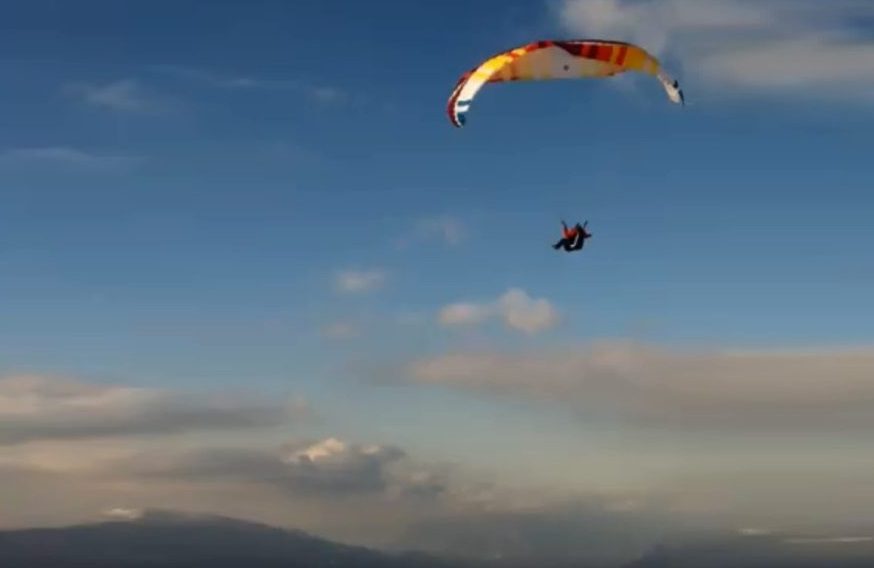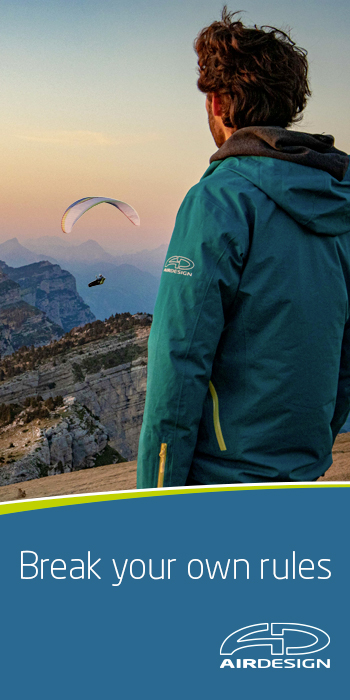
Be careful even in winter with vigorous thermic just after take off
Jerome Canaud analyze
These images of violent thermic at verel are very impressive and some clarification may be necessary
About aerology
It is winter and the thermic gradient (between the valley and the takeoff area) is very strong. Then the air mass is instable. We can see cumulus in the sky and the wind from North in the valley of chambery is high. This wind is refreshing even more the air mass (look at the north wind in the video: after takeoff the pilot turns right to face wind). Then it is a clear surrounding for strong and violent thermic. And with north wind, the thermic is created under the wind (the cliff is oriented west north west)
If you look carefully, these facts are visible (cloud, sun, slide, back wind) then you can expect a big thermic just after take off.
What about topologie
Take off topology is also particular. Take off at verel is quite technical. The slope at takeoff (steep and concave at the end!) also not aligned with the cliff which generate vertical air stream. This makes often no wind or even backward wind at takeoff.
This looks like the take off at saint hilaire (take off on carpet) after mid-day when the cliff thermic is strong. At saint Hilaire , you got the chance to change the takeoff site (east or South) to take off in better condition.
What to do in this violent thermic situation at takeoff?
The main risk in this sort of takeoff is to get back to the slope
– Topology and aerology let you think about a technical takeoff and start of flight
For safety reason, it is most important to have the pilot deciding to fly being aware of:
– Know how to ground handle and take off with rear wind then to stay on course in the violent thermic while going through it. All the steering difficulty in such condition is to not over do, stay on course to get away from the ground. A mistake could be to jump on the brake while entering the violent thermic or during the frontal collapse
– It is hard to do little movement on the commands when the body feels this type of vertical acceleration. Disconnect the steering to what the body feels is getting very difficult.
– Do the wrong maneuver (range and trajectory) and the wing control (pitch and roll) during the takeoff phase before to enter the strong thermic.
– Undergo an asymmetric collapse just after takeoff inducing a return to the ground. Considering the aerology at this moment, it is hard to plan what we will go through when leaving the takeoff zone.
.

Conclusion
Anothers take-off on Vérel site
The minimum risk will be based on :
1 – Taking into account the present aerology and of the sheer zones that the pilot will meet just after takeoff,
2 – The right gesture on the ground (backward wind, topology at takeoff, knowledge of the site …),
3 – know well your wing,
4 – aWith experience, know what going to happen and adapt the steering in the strong aerology
If these things are not mastered, do not go is the best decision.
Jérôme Canaud – Ecole Courant d’R La Réunion
Translated by Daniel Gras


